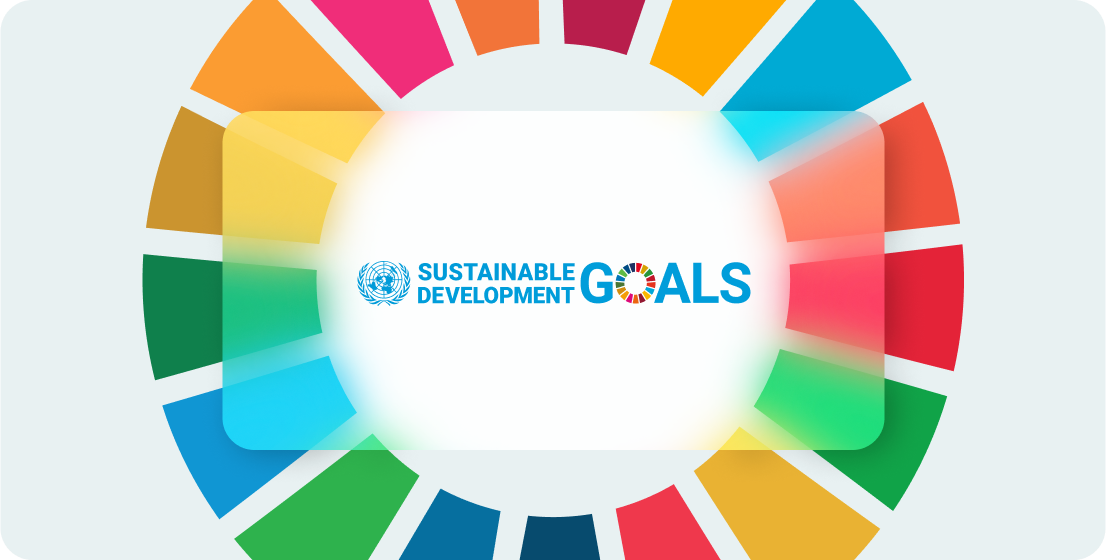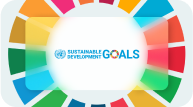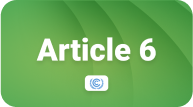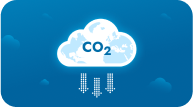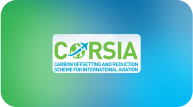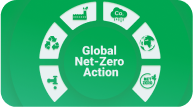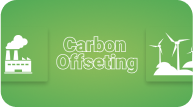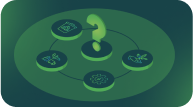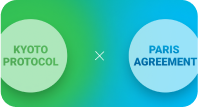Each of these goals is critical to creating a more sustainable and equitable world, and the targets under each goal provide specific and measurable targets for achieving that goal.
One of the key strengths of the SDGs is their holistic and integrated approach. Unlike previous development frameworks, which tended to focus on a single issue, the SDGs recognize that the challenges facing the world today are interconnected and require a comprehensive solution. For example, Goal 7 (Affordable and Clean Energy) is closely linked to Goal 13 (Climate Action), as access to clean and affordable energy is critical to reducing greenhouse gas emissions and mitigating the impact of climate change. Similarly, Goal 5 (Gender Equality) is linked to many of the other goals, as gender equality is critical to ending poverty, promoting health and well-being, and ensuring quality education, among other things.
Another strength of the SDGs is their focus on inclusiveness and on leaving no one behind. The SDGs recognize that sustainable development requires action at all levels, from local communities to the global community, and that it requires the involvement of all stakeholders, including governments, the private sector, civil society, and individuals. The SDGs also recognize that some groups, such as women and girls, indigenous peoples, and people with disabilities, are often marginalized and face additional barriers to sustainable development. The SDGs aim to ensure that these groups are not left behind and that they have equal opportunities to participate in and benefit from sustainable development.
To achieve the SDGs, it will require a concerted effort by all stakeholders, including governments, the private sector, civil society, and individuals. Governments have a critical role to play in setting policies and providing the necessary resources to achieve the SDGs. The private sector can play a key role by investing in sustainable development and by using their expertise and resources to drive innovation and growth in the green economy. Civil society can play an important role by advocating for change and by working to raise awareness and mobilize action on the SDGs. And individuals can play a role by making sustainable choices in their daily lives, such as reducing their carbon footprint, conserving resources, and supporting organizations that are working to achieve the SDGs.
In conclusion, the United Nations Sustainable Development Goals are a comprehensive and integrated blueprint for a better future, a call to action for all stakeholders, and a vision of a world that is free from poverty, inequality, and environmental degradation. By working together, we can achieve the SDGs and build a more sustainable and equitable world for all.
Reach out to learn more about how we can help your organization fight climate change for a more sustainable future!
